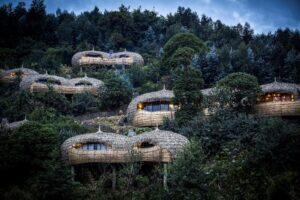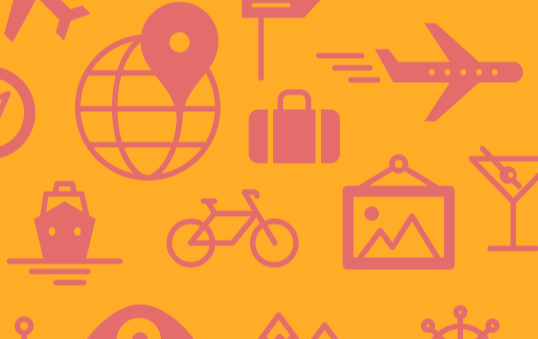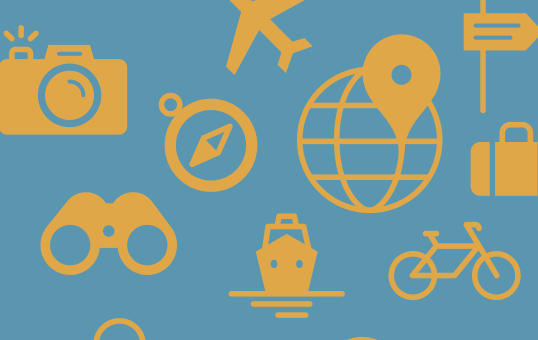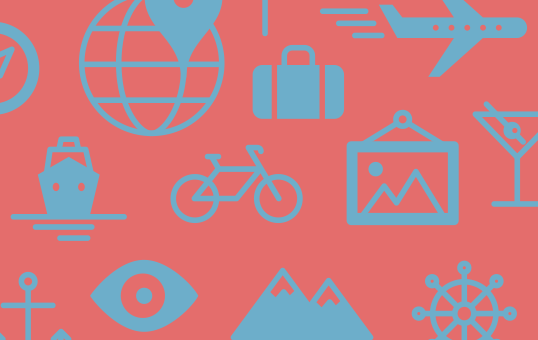Namibia
Namibia
Many countries in Africa boast teeming wildlife and gorgeous scenery, but few, if any, can claim such limitless horizons; such untamed wilderness; such a pleasant climate; so few people (fewer than two per square mile); the oldest desert in the world; a wild, beautiful coastline; one of Africa's greatest game parks; plus—and this is a big bonus—a well-developed infrastructure and tourist facilities that are among the best in Africa. Welcome to Namibia.
A former German colony, South West Africa, as it was then known, was a pawn in the power games of European politics. Although the Portuguese navigators were the first Europeans to arrive, in 1485, they quickly abandoned the desolate and dangerous Atlantic shores of the "Coast of Death," as they called it. By the late 1700s British,...
Read MoreMany countries in Africa boast teeming wildlife and gorgeous scenery, but few, if any, can claim such limitless horizons; such untamed wilderness; such a pleasant climate; so few people (fewer than two per square mile); the oldest desert in the world; a wild, beautiful coastline; one of Africa's greatest game parks; plus—and this is a big bonus—a well-developed infrastructure and tourist facilities that are among the best in Africa. Welcome to Namibia.
A former German colony, South West Africa, as it was then known, was a pawn in the power games of European politics. Although the Portuguese navigators were the first Europeans to arrive, in 1485, they quickly abandoned the desolate and dangerous Atlantic shores of the "Coast of Death," as they called it. By the late 1700s British, French, and American whalers were using the deepwater ports of Lüderitz and Walvis (Whalefish) Bay, which the Dutch, now settled in the Cape, then claimed as their own. A few years later, after France invaded Holland, England seized the opportunity to claim the territory, together with the Cape Colony. Then it became Germany's turn to throw its hat into the ring. In the wake of its early missionaries and traders, Germany claimed the entire country as a colony in 1884, only to surrender it to the South African forces fighting on the Allied side during World War I. South Africa was given a League of Nations mandate to administer the territory after the war, and despite a 1978 UN resolution to revoke that mandate, South Africa held on to Namibia for 10 years. A bitter and bloody bush war with SWAPO (South West African People's Organization) freedom fighters raged until Namibia finally won its independence on March 21, 1990, after 106 years of foreign rule. Although most of the earlier colonial influences have now vanished, everywhere you go in Namibia today you'll find traces of the German past—forts and castles, place names, cuisine, and even German efficiency.
Often called the "Land God Made in Anger" because of its stark landscapes, untamed wilderness, harsh environment, and rare beauty, Namibia was carved out by the forces of nature. The same continuous geological movements produced not only spectacular beauty but also considerable mineral wealth: alluvial diamonds, uranium, gold, lead, zinc, silver, copper, tungsten, and tin—still the cornerstone of Namibia's economy. In addition it is also a significant resource of semi-precious stones (tourmaline, citrine, amethyst, topaz and aquamarine) and mineral specimens to buyers and collectors alike. Humans have lived here for thousands of years; the San (Bushmen) are the earliest known residents, although their hunting-gathering way of life is now almost extinct. Today most Namibians work in agriculture, from subsistence farms to huge cattle ranches and game farms.
Namibia prides itself on its conservation policies and vision. In many conservation areas, local communities, the wildlife, and the environment have been successfully integrated. Wilderness Damaraland Camp, for example, is an internationally acclaimed role model in linking tourism with community development projects. Hunting, a controversial issue for many people, is carefully controlled so that the impact on the environment is minimal and the revenue earned is substantial and can often be ploughed back into sustainable conservation.
Recommended Fodor’s Video
Hotels
Things to Do
Things to Do
Explore Things to Do
Find the perfect tours and activities in Namibia.
Where to Eat
Where to Eat
Need to Know
Need to Know
Language
EnglishNearby Airports
WDH, SWP, ERSElectrical Outlets
220v/50 cycles; plugs are South African standard with three, thick round prongsCurrency
Namibian dollar; pegged to South African randLanguage
EnglishElectrical Outlets
220v/50 cycles; plugs are South African standard with three, thick round prongsCurrency
Namibian dollar; pegged to South African randNearby Airports
WDH, SWP, ERSNeighborhood Guides
Discover the best neighborhoods in Namibia with curated recommendations from our editors.
Neighborhood Guides
Discover the best neighborhoods in Namibia with curated recommendations from our editors.
Neighborhood Guides
Discover the best neighborhoods in Namibia with curated recommendations from our editors.















